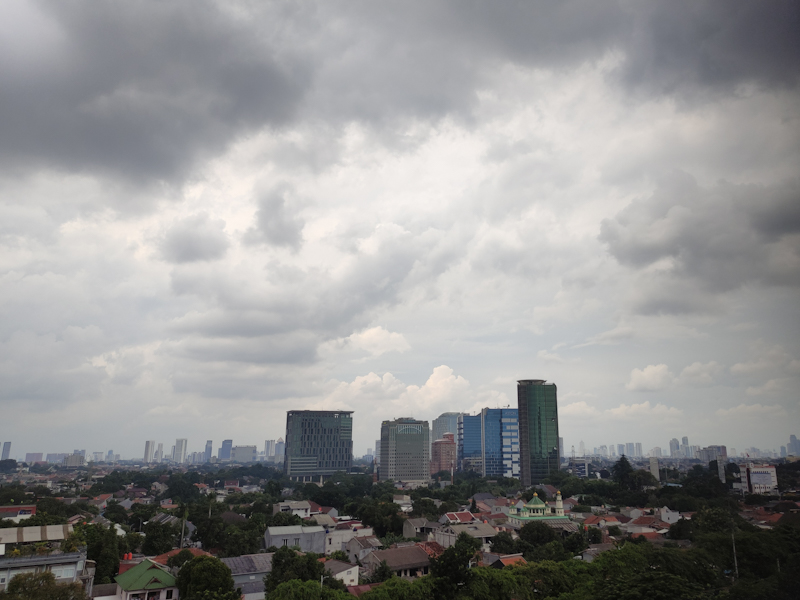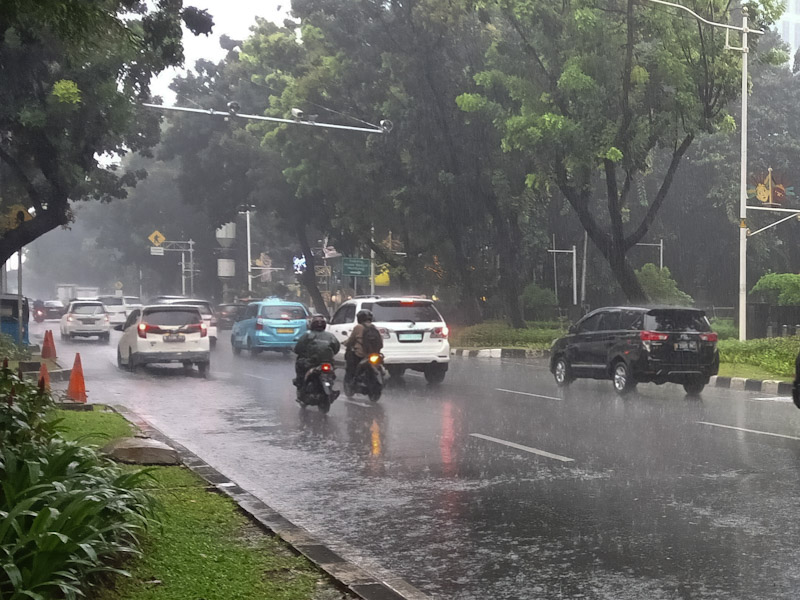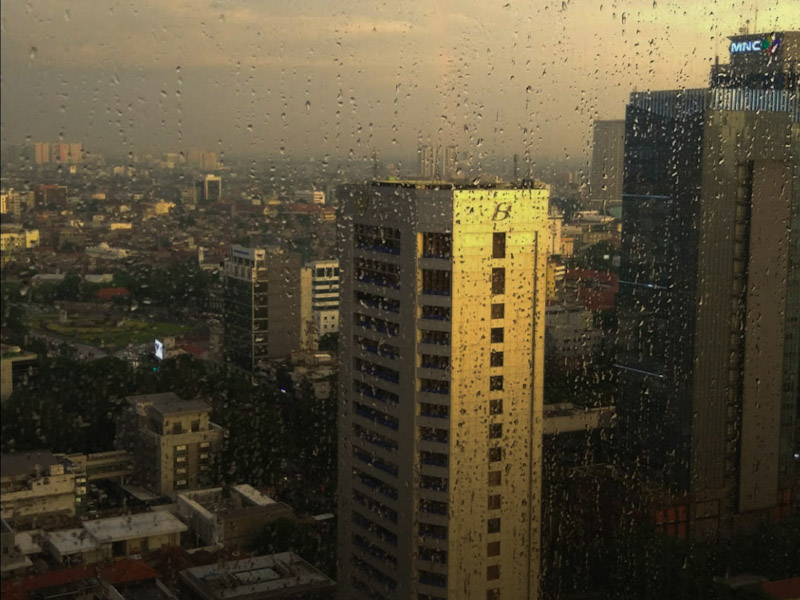Cyclone Seed 97S to Increase Rainfall, BMKG Says
Reported by Dessy Suciati | Translated by Rizky Mawardi
BMKG through the Tropical Cyclone Warning Center (TCWC) Jakarta has been monitoring the presence of a low pressure center in southern Nusa Tenggara since January 3, 2025. This system moved west-southwest and began to develop into Cyclone Seed 97S on January 7, 2025 in the Indian Ocean waters, south of East Java.
give significant impact in the next three days
The latest analysis on January 9, 2025, stated that the system intensity is increasing and is currently detected in the Indian Ocean south of Lampung with a southward movement. This cyclone seed is predicted to have an indirect impact by increasing rainfall and strong winds in several areas, also a direct impact in the form of high waves in the waters of southern Indonesia in the next three days.
Tropical Cyclone Seed 97S also could to increase the potential for moderate to heavy rain that can be accompanied by strong winds in a number of areas namely Bengkulu, South Sumatra, Lampung, Banten, Jakarta, West Java and Central Java.
BPBD Warns of Tidal Wave in North Jakarta from January 9 to 17Moreover, sea waves with a height of 1.25 to 2.5 meters are predicted to occur in the Southern Waters of Java to NTB, the western and southern Sunda Strait, the Indian Ocean south of Java to NTB, and the Indian Ocean west of Bengkulu to Lampung.
"The cyclon seed is predicted to give significant impact in the next three days. It includes the increase of rainfall, strong wind, and high wave in certain areas," said Guswanto, Meteorology Deputy Board, as quoted from the BMKG's press release, Friday (1/10).
He added that the coastal areas and southern waters of Indonesia may anticipate the impact of this weather. Extreme weather can affect shipping activities and coastal communities.
Meanwhile, Public Meteorology Director, Andri Ramdhani explained the potential for increased rainfall in the next week is not only affected by the Cyclone Seed 97S, but also by atmospheric conditions that support higher rain intensity.
"The increased rainfall in Indonesia, especially in the western part may also be caused by Monsoons and cold fronts from Asia," he explained.
According to him, the dynamics of the atmosphere in the Indonesian region is not only caused by the Tropical Cyclone Seed 97S, but also by the cyclonic circulation that has formed several days ago around Nusa Tenggara. The activity of the Equatorial Rossby waves and Kelvin waves also strengthened the condition further. Those are predicted to remain active in the next week, especially in the regions of Sumatra, Java, parts of Kalimantan, Sulawesi, Maluku, and Papua.
Andri appealed to the public to always be aware of heavy rain possibility accompanied by lightning due to significant weather potential. He also reminded the public to be careful of the weather impacts, such as flood, flash flood, landslide, and slippery roads that can endanger safety.
"Hydrometeorological disasters can occur at any time. So we urge all people, especially those living in disaster-prone areas, to always be alert and prepared," he reminded.



